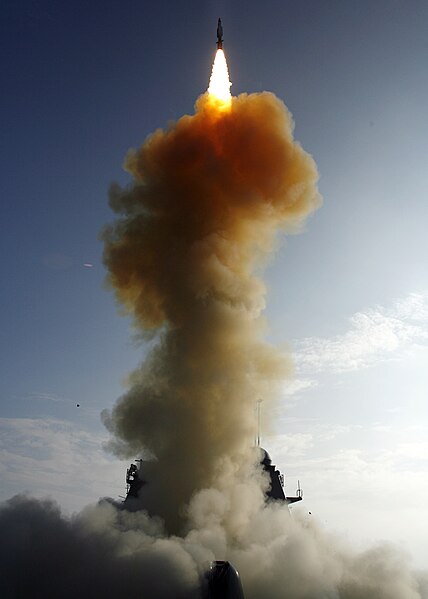Spaceflight osteopenia refers to the characteristic bone loss that occurs during spaceflight. Astronauts lose an average of more than 1% bone mass per month spent in space. There is concern that during long-duration flights, excessive bone loss and the associated increase in serum calcium ion levels will interfere with execution of mission tasks and result in irreversible skeletal damage.
Astronaut Sunita "Suni" Williams bungeed to the TVIS treadmill aboard the International Space Station.
Outer space is the expanse beyond celestial bodies and their atmospheres. It contains ultra-low levels of particle densities, constituting a near-perfect vacuum of predominantly hydrogen and helium plasma, permeated by electromagnetic radiation, cosmic rays, neutrinos, magnetic fields and dust. The baseline temperature of outer space, as set by the background radiation from the Big Bang, is 2.7 kelvins.
The boundary between space and Earth, at an altitude of 100 km, roughly where the yellow line of airglow is visible.
The black background is outer space as seen from Earth's surface at night. The interplanetary dust cloud is illuminated and visible as zodiacal light, with its parts the false dawn, gegenschein and the rest of its band, which is visually crossed by the Milky Way
Because of the hazards of a vacuum, astronauts must wear a pressurized space suit while outside their spacecraft.
Conventional anti-satellite weapons such as the SM-3 missile remain legal under space law, even though they create hazardous space debris





